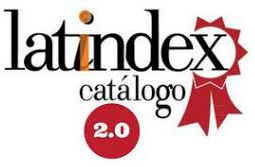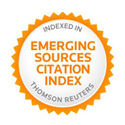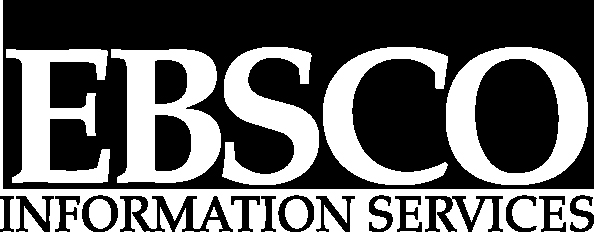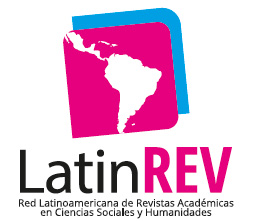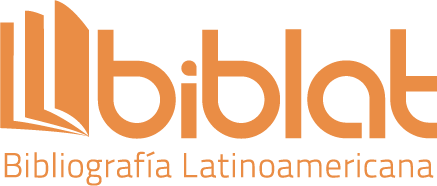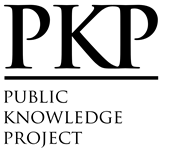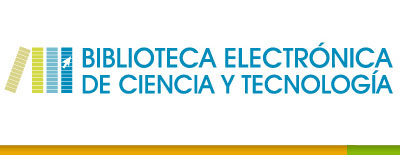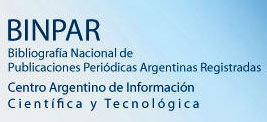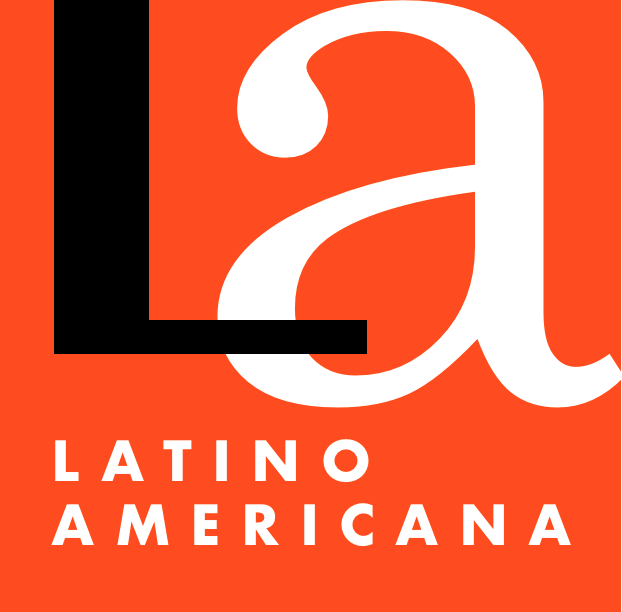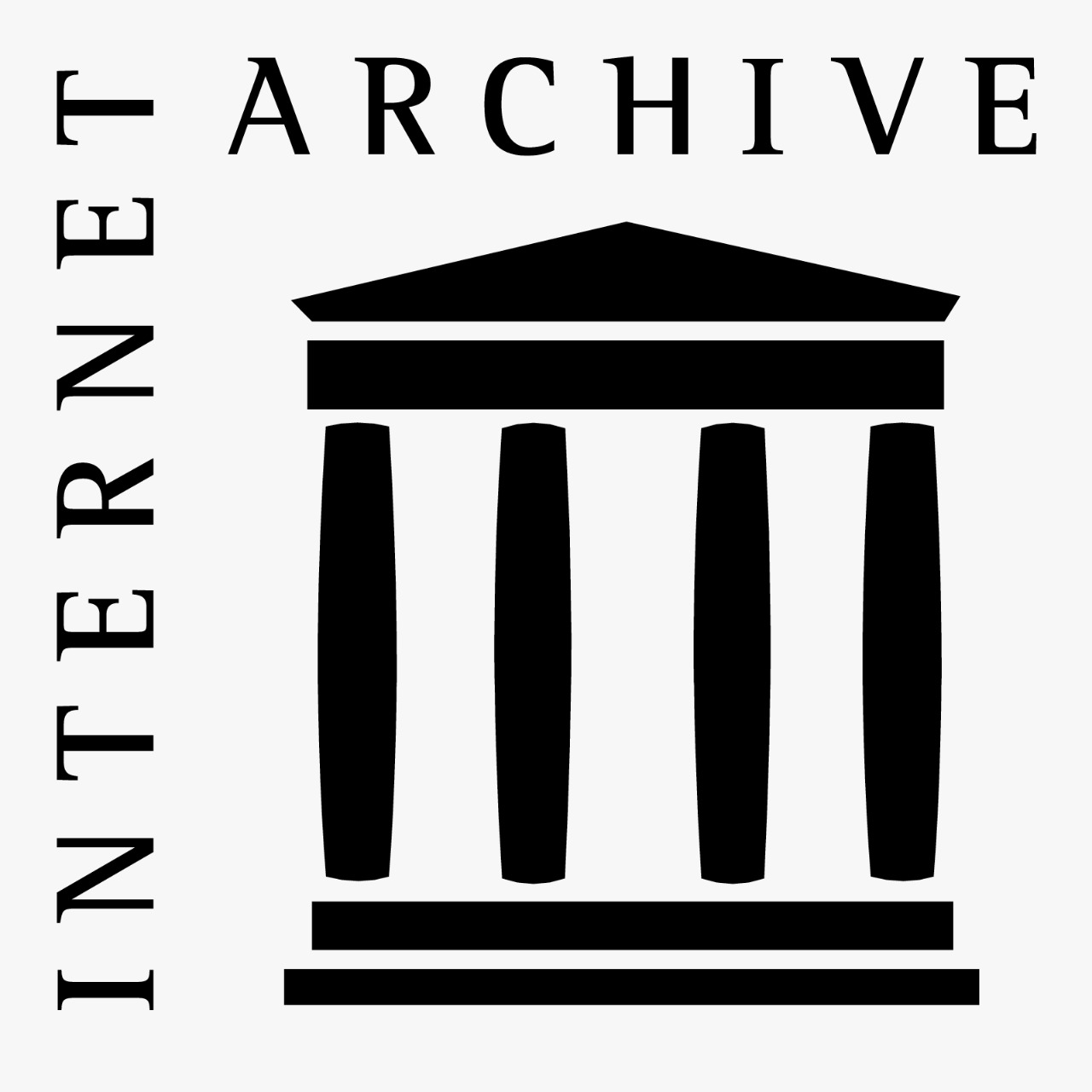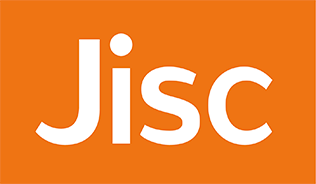The rules of the “new power of influence”
An analysis of the strategies employed by global think tanks, from a communicative perspective
Abstract
Think tanks were conceived to influence others and have their ideas adopted by decision-makers and broader publics. They seek to both affect the overall climate of opinions and impact political outcomes. The efficacy of their influence is closely tied to communication, a field that has recently suffered a profound shift: from the “unilateral positioning of ideas,” we are moving towards the concept of a “collective generation of ideas,” in which the participation of other social actors is crucial for communication to be effective. Therefore, the goal of this investigation is to examine if the communication strategies regularly employed by some of the more prestigious think tanks follow the new guidelines for strategic communication, defined by participation and collaboration. We argue that think tanks’ influence would be more effective under the following conditions: a) if influence were understood as communication in the context of freedom; b) if the capacity to influence were based on the institution’s prestige; c) if diverse publics were interacted with; and d) if participation and collaboration were encouraged in the creation and distribution of content. Through in-depth interviews with communication directors and managers from selected globally-influential think tanks located in Washington DC, this study aims to add these voices to the academic debate. Our results suggest that think tanks should adopt different approaches depending on what publics are receiving their message.
Downloads
References
Abelson, D. E. (2009). Do think tanks matter? Assessing the impact of public policy institutes. 2nd ed. Montreal & Kingston: McGill-Queen’s University Press.
Aberbach, J. F. & Rockman, B. A. (2002). Conducting and coding élite interviews. PS: Political Science and Politics, 35(4), 673–676.
Barry, B. (2001). Influence in Organizations from a Social Expectancy Perspective. En Lee-Chai, A.Y. &
Bargh, J. A. (eds.). The Use and Abuse of Power (pp. 19-40). Philadelphia, Penn.: Psychology Press.
Beamer, G. (2002). Élite interviews and state politics research. State Politics & Policy Quarterly, 2(1), 86-96.
Beckmann, M. N. y Hall, R. L. (2013). Elite Interviewing in Washington DC. En Layna M. (ed.). Interview Research in Political Science (pp. 196-208). Ithaca: Cornell University Press.
Berry, J. M. (2015). Lobbying for the people. 2nd ed. New Jersey, NJ: Princeton Legacy Library.
Bruning, S. D., y Ledingham, J. A. (1999). Relationships between organizations and publics: Development of a multi-dimensional organization–public relationship scale. Public Relations Review, 25(2), 157–170.
Bruning, S. D., y Ledingham, J. A. (2000a). Perceptions of relationships and evaluations of satisfaction: An exploration of interaction. Public Relations Review, 26(1), 85–95.
Bruning, S. D., y Ledingham, J. A. (2000b). Organization and key public relationships: Testing the influence of the relationship dimensions in a businessto-business context. En J. A. Ledingham, & S. D. Bruning (eds.), Public relations as relationship management: A relational approach to public relations (pp. 158-173). Mahwah, NJ: Lawrence Erlbaum Associates, Inc.
Cova, B., y Cova, V. (2002). Tribal marketing: The tribalisation of society and its impact on the conduct of marketing. European Journal of Marketing, 36(5/6), 595–620.
Cullbertson, H. N. y Chen, N. (eds.). (1996). International Public Relations: A Comparative Analysis. Mahwah, NJ: Lawrence Erlbaum.
Cutlip, S. M., Center, A. H., y Broom, G. M. (1995). Effective public relations. Upper Saddle River, NJ: Prentice Hall.
De Bussy, N. M. (2010). Dialogue as a basis for stakeholder engagement. En Heath, R. The SAGE Handbook of Public Relations. Thousand Oaks: SAGE.
Dunham, L., Freeman, J. y Liedka, R. E. (2006). Enhancing stakeholder practice: A particularized exploration of community. Business Ethics Quarterly, 16(1), 23-42.
Edwards, M. (1999). International Development NGOs: Agents of Foreign Aid or Vehicles of International Cooperation? Non‐Profit and Voluntary Sector Quarterly, 28, 25‐37.
Hames, T. y Feasey, R. (1994). Anglo-american think tanks under Reagan and Tatcher. En Adonis, A. y
Hames, T. (eds.). A conservative revolution? The Tatcher-Reagan decade in perspective (pp. 215-237). Manchester: Manchester University Press.
Harvey, W. S. (2011). Strategies for conducting élite interviews. Qualitative Research, 11(4): 431–441.
Hayden, C. (2012). The Rhetoric of Soft Power. Nueva York: Lexington Books.
Hocking, B.; Melissen, J.; Riordan, S. y Sharp, P. (2012). Futures for diplomacy. The Hague: Clingendael Netherlands Institute of International Relations.
Johnson, J. D. (1993). Organizational Communication Structure. Norwood, NJ: Ablex.
Johnson-Cartee, K. S. y Copeland, G. A., (2004). Strategic Political Communication. Rethinking Social Influence, Persuasion, and Propaganda. Oxford: Rowman & Littlefield.
Jowett, G. S. y O’Donnell, V, (1992). Propaganda and Persuasion. Newbury Park, CA: SAGE.
Keck, M. E. y Sikkink, K. (1998). Activists beyond Borders: Advocacy Networks in International Politics. Ithaca, NY: Cornell University Press.
Ki, E., y Hon, L. C. (2007). Testing the linkages among the organization–public relationship and attitude and behavioral intentions. Journal of Public Relations Research, 19, 1–23.
La Porte, T. (2012a). The Legitimacy and Effectiveness of Non‐State Actors and the Public Diplomacy Concept. Trabajo presentado en ISA Annual Convention, San Diego, abril de2012.
La Porte, T. (2012b). The Impact of “Intermestic” Non-State Actors on the Conceptual Framework of Public Diplomacy. The Hague Journal of Diplomacy 7, 445-463.
Laswell, H. D. y Kaplan, A. (1950). Power and Society. A Framework for Political Inquiry. New Haven, Conn.: Yale University Press.
Ledingham, J. A. (2003). Explicating relationship management as a general theory of public relations. Journal of Public Relations Research, 15(2), 181–198.
Leeper, R. V. (2005). Communitarianism. En Heath, R. (ed.). Encyclopedia of public relations (pp. 168-171). Thousand Oaks, CA: Sage.
Lipton, E., Williams B. y Confessore, N. (6/9/2014). Foreign Powers Buy Influence at Think Tanks. The New York Times. Recuperado de https://www.nytimes.com/2014/09/07/us/politics/foreign-powers-buy-influence-at-think-tanks.html.
McGann, J. G. y Weaver, K. (eds.) (2000). Think tanks & civil societies: catalysts for ideas and action. New Brunswick, N.J.; Londres: Transaction Publishers.
McGann, J. G. (2013). Global Go to Think tank Index Report. Think tanks and Civil Societies Program International Relations Program. University of Pennsylvania.
McQuail, D. (1994). Mass Communication Theory: An Introduction. Londres: SAGE.
Mokken, R. J. y Stokman, F.N. (1975). Power and Influence as Political Phenomena. En Barry, B. (ed.). Power and Political Theory. Some European Perspectives (pp. 33-54). Londres: John Wiley.
Melissen, J. (2205). The new public diplomacy: soft power in international relations. Londres: Palgrave-McMillan.
Montobbio, M. (2013). La geopolítica del pensamiento. Think tanks y política exterior. Barcelona: CIDOB. Real Instituto Elcano.
Naím, M (2013). El fin del poder. Barcelona: Debate.
Neff, B. D. (2013). Community relations. En Heath, R. L (ed.), Encyclopedia of public relations (pp. 169-172). Thousand Oaks, CA: Sage.
Newsom, D., Turk, J. V. y Kruckeberg, D. (2013). This is PR: The realities of public relations. Boston, MA: Wadsworth, Cengage Learning.
Nye, J. (2004). Soft Power. NuevaYork: Public Affairs.
Penaloza, L., y Venkatesh, A. (2006). Further evolving the new dominant logic of marketing: from services to the social construction of markets. Marketing theory, 6(3), 299–316.
Rich, A. y Weaver, K. (2000). Think tanks in the US Media. The International Journal of Press/Politics, 5(4), 81-103.
Rich, A. (2004). Think tanks, public policy, and the politics of expertise. Cambridge: Cambridge University Press.
Riordan, S. (2004). Dialogue Based Public Diplomacy. The Hague: Clingendael Netherlands Institute of International Relations.
Rogers, E. M. (1973). Mass media and interpersonal communication. En Sola, I., Frey, F., Schramm, W., Maccoby, N., Parker, E. Handbook of Communication (pp. 290-310). Chicago: Rand McNally.
Sanders, K. (2009). Communicating Politics in the Twenty-First Century. Palgrave-MacMillan.
Schultz, M., Antorini, Y. M., y Csaba, F. F. (2005). Corporate branding: Purpose/people/process: Towards the second wave of corporate branding. Copenhagen, DK: Copenhagen Business School Press.
Silverman, D. (2001). Interpreting Qualitative Data: Methods for Analysing Talk, Text and Interaction, Londres: SAGE.
Smith, J. A. (1991). The Idea Brokers: Think tanks and the Rise of the New Policy Elite. Nueva York: The Free Press.
Srivastava, P. y Hopwood, N. (2009). A practical iterative framework for qualitative data analysis. International Journal of Qualitative Methods, 8(1), 76-84.
Stone, D. (2000). Private Authority, scholarly legitimacy and political credibility. En Higgot, R. A, Underhill, G. R. D y Bieler, A (eds.). Non-State Actors and Authority in the Global System (pp. 211-225). Londres y Nueva York: Routledge.
Stone, D. y Denham, A. (eds.) (2004). Think tank traditions: policy research and the politics of ideas. Manchester: Manchester University Press; Nueva York: Palgrave.
Stone, D. (2001). The “policy research” knowledge elite and global policy processes. En Josselin, D. y Wallace, W. (eds.). Non-state Actors in World Politics (pp. 113-129). Nueva York: Palgrave.
Tuch, H.N. (1990). Communicating in the world: US public diplomacy overseas. Nueva York, NY. St Martin’s.
Van Ham, P. (2010). Social Power in International Politics. Nueva York: Routledge.
Vujnovic, M., y Kruckeberg, D. (2010). The local, national, and global challenges of public relations: A call for an anthropological approach to practicing public relations. En Heath, R. L. (ed.). Handbook of public relations (pp. 671-678). Thousand Oaks, CA: Sage Publications Inc.
Welsh, J. y Fearn, D. (2008). Engagement. Public Diplomacy in a Globalized World. Foreign and Commonwealth Office.
Zimmerling, R. (2005). Influence and Power. Variations on a Messy Theme. Dordrecht: Springer.
Copyright (c) 2019 Teresa La Porte

This work is licensed under a Creative Commons Attribution-NonCommercial 4.0 International License.
The authors retain the copyright and guarantee the journal the right to be the first publication of the work. In case that a translation of the article already published in Austral Comunicación can be published in another journal, it is requested to record the original publication in the translated version.
The license used is CC BY-NC-SA, which allows sharing (copying and redistributing the material in any medium and format) and adapting (remixing, transforming and building on the material) under the following terms: attribution (acknowledge authorship) and non-commercial (the material cannot be used for commercial purposes). Update: February 1, 2022.
Austral Comunicación allows the author (s) to retain the publication rights without restrictions.








